British and American radars of the Second World War period used in Soviet air defense
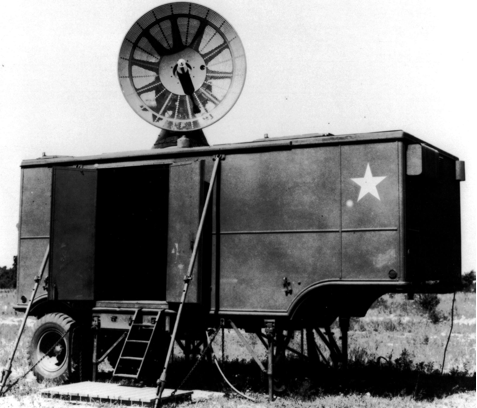
During the Second World War, for the timely notification of the air defense forces, guidance of a fighter aviation and anti-aircraft fire adjustments, Soviet, British and American-made radar stations were used. Before the attack of Nazi Germany on the USSR and in wartime, our industry was able to manufacture about 900 radars of various types and purposes. As part of military assistance, the Soviet Union received 2 units of radar equipment from the Allies.
Radars created in the USSR in the prewar period
In 1939, the first Soviet radar designed to detect air targets, RUS-1 "Rhubarb", was put into service. The station, operating in the 75–83 MHz frequency range, consisted of a transmitter and two receivers mounted on a truck chassis. The elements of the station were to be located on the ground in a straight line so that the distance between them did not exceed 35 km. This arrangement created directional radiation in the form of a "radio-frequency curtain", when crossing which the aircraft were detected by the beats of the direct and reflected signals recorded on the paper tape of the device - the undulator.
In 1939–1940 45 RUS-1 radars were produced, for which 275 vehicles were used. In addition to transmitters and receivers, electric generators were placed in cargo vans.
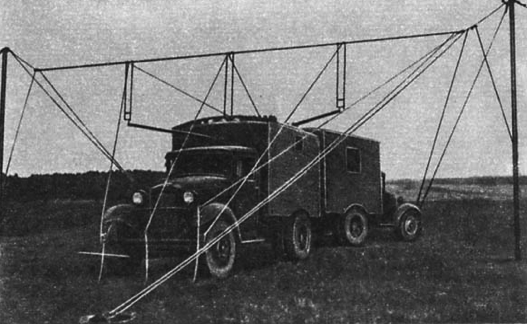
During the military special operation against Finland, several RUS-1 radars were placed near the contact line. However, the radar station, which worked perfectly in the exercises, turned out to be almost useless in the course of actual hostilities. In April 1940, RUS-1 stations were transferred from observation posts on the Karelian Isthmus for further use in the Transcaucasus and the Far East.
During the Winter War, the RUS-2 Redut impulse radar was also tested. Apparently, this radar made a more favorable impression on the military than the RUS-1 Rhubarb.
All the equipment of the station, which operated at a frequency of 75 MHz, was located on three vehicles: one ZIS-6 (transmitting station) and two GAZ-AAA (in one - an operator's van with receiving equipment, in the second - an electric generator). Pulse power - up to 120 kW. The maximum range is up to 150 km. Range error - 1,5 km, azimuth error - 3°.
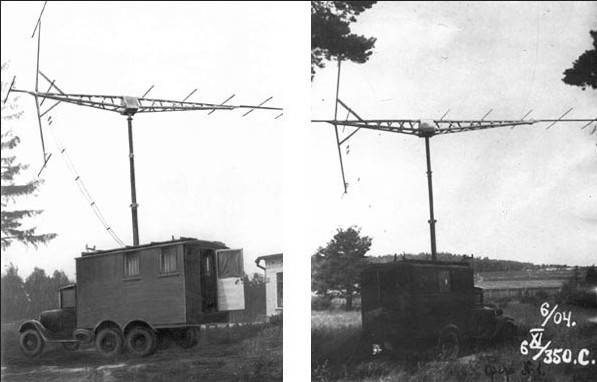
The receiving and transmitting antennas are identical - of the "wave channel" type. The operator observed the detected targets on the CRT screen with a horizontal scan. With circular synchronous rotation of both antennas, the RUS-2 station detected aircraft at different azimuths and ranges within the limits of its zone and monitored their movements.
The RUS-2s "Pegmatit" radar was a simplified version of the RUS-2 "Redut" station. Instead of two antennas, the RUS-2s had one transceiver. The tube transmitter was replaced by a thyratron one. During transportation, the elements of the station were placed on two trailers, there were also options mounted on two vehicles and permanently. The ship version of RUS-2 is known as Redut-K. One station of this type was placed on the cruiser "Molotov" pr. 26-bis. From July 1, 1941 to December 18, 1943, the Redut-K shipborne radar detected 1 aircraft in 269 activations.
In total, until 1945, 607 RUS-2 radars of all modifications were produced. According to their characteristics, stations of this type looked quite worthy against the background of foreign analogues. They were used during the Great Patriotic War and in the first post-war years. In terms of technical sophistication and characteristics, RUS-2 compared to the RUS-1 system was a significant step forward, as it made it possible not only to detect enemy aircraft at long distances and at almost all altitudes, but also to continuously determine their range, azimuth and flight speed.
Soviet specialists in the prewar period demonstrated the ability to independently create good radars. But the weakness of our radio industry, which produced a limited range of radio-electronic elements, did not allow us to introduce all the developments in mass samples. The situation worsened after the start of the war with Germany, and imported radar stations, the deliveries of which began in the late autumn of 1942, became a significant help in the fight against enemy aircraft. In addition to being used for its intended purpose, a number of imported samples and individual components were copied, they were subsequently produced at our enterprises.
British radars supplied to the USSR
In a previous publication devoted to anti-aircraft machine guns and cannons, one of the readers rightly pointed out that the supply of equipment and weapons for the Red Army from Great Britain did not belong to Lend-Lease, although they were delivered by the same northern convoys that brought Lend to the USSR - Lease cargoes from the USA. But when we talk about equipment made directly in England, there is no talk of lend-lease
As of the beginning of World War II, Great Britain was one of the leaders in the field of radar. The British armed forces had the opportunity to use an extensive network of air attack warning radar systems, radars were massively used on ships, in aviation and ground defense.
According to information published in British sources, the Soviet Union during the Second World War received four types of British-made radars. Apparently, the first imported radars poisoned in the USSR were the GL Mk. II (Eng. Gun Laying Radar - radar for aiming guns). The presence of these English radar stations on the territory of the USSR at the end of 1941 is confirmed by domestic historical materials.
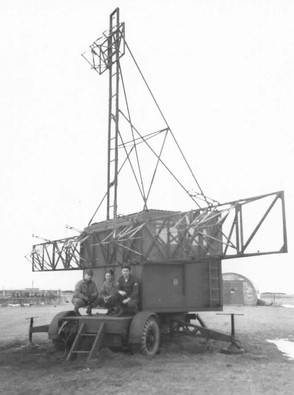
Radar station GL Mk. II, which entered service in early 1941, was an upgraded version of the GL Mk. I, which appeared in 1939 and is designed to measure the range and height, as well as the issuance of target designation for anti-aircraft artillery. After the upgrade, the GL Mk. II could independently search for targets at ranges up to 46 km and adjust anti-aircraft fire at ranges up to 18 km. At a distance of 12 km, the target coordinates were measured with an error of 50 m in range and azimuth - 0,5 °. Pulse power - up to 150 kW. The operating frequency range is 54,5 to 85,7 MHz.
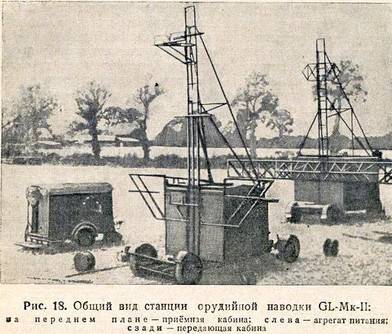
Until August 1943, 1 GL Mk. II, about 679 units were sent to the USSR. In our country, English radars received the designation SON-200a (English gun guidance station). In the Red Army, the combat debut of these radars took place in the late autumn of 2, when the SON-1941a radar station was deployed to control the airspace near Moscow.
British radar GL Mk. Our anti-aircraft gunners liked II, and in 1943 it was decided to copy it, although it was not easy. For example, we had to master in production more than 30 types of radio tubes that were new to us at once. Nevertheless, in the first half of 1944, the troops received the first SON-2ot stations, where the letters “ot” meant “domestic”.
Much more advanced was the GL Mk. III, which was put into service in 1942. A total of 876 sets were produced, some of the stations were made in Canada. According to British data, 50 radars of this type were sent to the USSR.
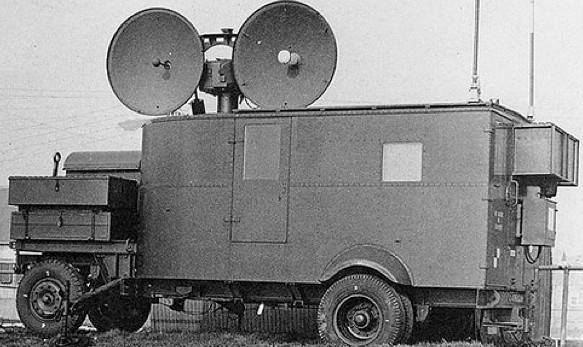
The station equipment was housed in a two-axle van. Parabolic antennas were located on the roof and rotated around a vertical axis, and could also change the angle of inclination. The transition to the operating frequency range of 2–750 GHz improved the measurement accuracy. But at the same time, the maximum range did not exceed 2 km. In the airspace survey mode, information was updated every 855 seconds.
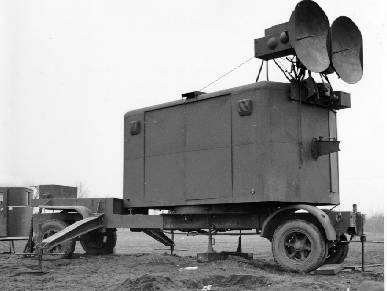
In 1944, an improved modification of the Mk. III(B), which had a longer range. But it was not widely used, as the British military preferred the American SCR-584 radar.
In preparation for offensive and landing operations in North Africa, it turned out that the GL Mk. III is poorly adapted for field use. In this regard, a relatively compact towed radar was developed, known as AA No. 3 Mk. 3 Baby Maggie. British sources claim that the antenna post and the cabin with the hardware and operator jobs were installed on a rotating base borrowed from the radar-guided SLC Mark VI anti-aircraft searchlight. The necessary compactness was achieved thanks to the introduction of an automatic ranging unit. The station itself could be towed by a car with a carrying capacity of 3 tons.
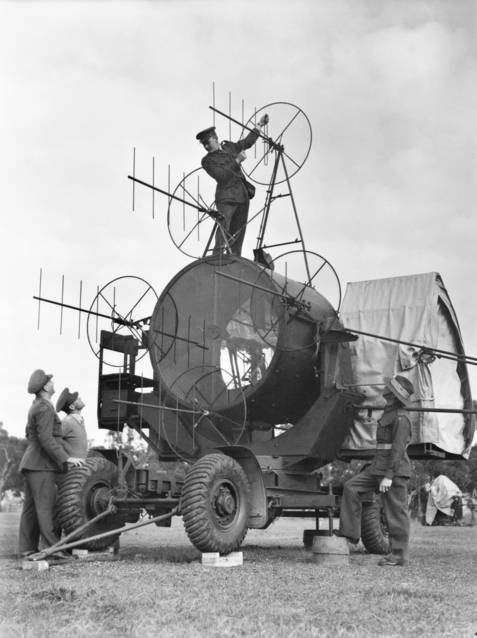
Unfortunately, radar images AA No. 3 Mk. 3 Baby Maggi could not be found, there is only a description. The van was placed on a rotating "column". Antennas were rigidly connected to this "column", and the signals to the monitors of the three operators were transmitted through rotating slip rings.
Radar "Baby Maggie" was able to detect enemy aircraft at a distance of up to 18 km. Also, this radar could be used to determine the coordinates of enemy artillery at a distance of up to 13 km. The first 12 stations were used during operations "Husky" and "Avalanche" during the landings in Sicily and Salerno. However, in the field radar AA No. 3 Mk. 3 did not perform well. The characteristics of the station itself were quite consistent with its purpose. The problem was that the trailer was overloaded and often broke down, unable to withstand towing on bad Italian roads. In total, until March 1945, 172 stations were produced, of which the British sent 50 units to the USSR.
Domestic sources claim that the design solutions used in the Baby Maggi radar were partially borrowed and used to create the domestic P-3 mobile radar, which was put into service in 1945. After the war, the mobile radar was modernized and since 1948 it has been produced under the designation P-3A. The main elements of the station were placed on the chassis of two Studebaker US6 vehicles. The detection range of targets flying at high altitude, in a simple jamming environment, reached 120 km. This station was actively operated in the USSR until the end of the 1950s and was transferred to the allied countries.
The mobile British radars of the AMES Type 6 Light Warning family (also known as LW) were considered very successful. There were self-propelled and transportable versions of this station of 11 modifications. The AMES Type 6 radar was largely inspired by American specialists who created the SCR-602 family of radars on its basis.
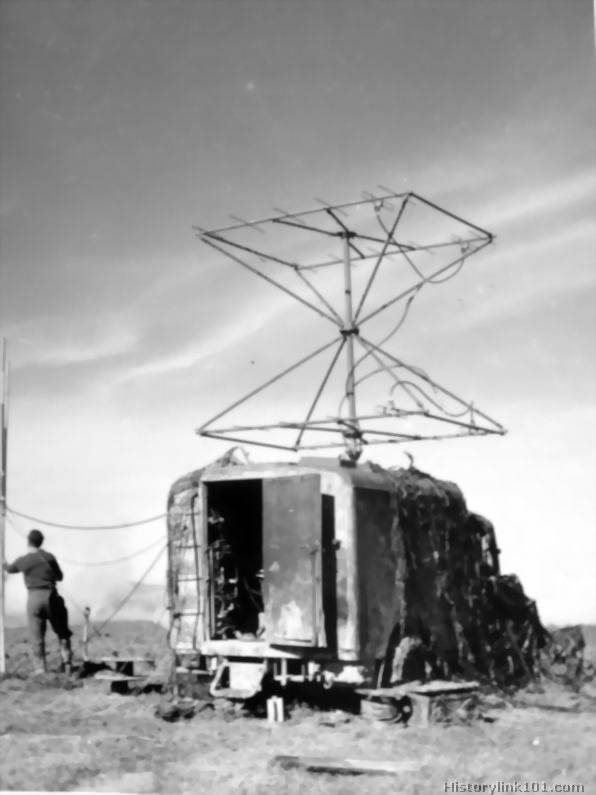
In a fully mobile version, all station components were placed on a Fordson WOT 2, Ford F 15A or Chevrolet C. 15A truck chassis.
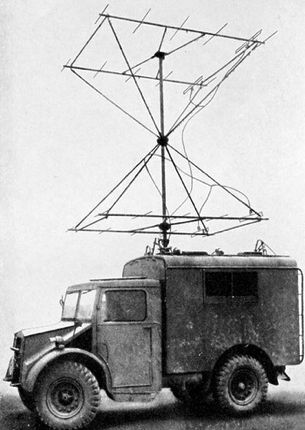
The radar included two vehicles with equipment and two vehicles with transmitting and receiving antenna posts. Power was supplied from electric generators running on gasoline.
The antenna post of the transportable version was located in a tent. The gasoline power generator was next to the tent.
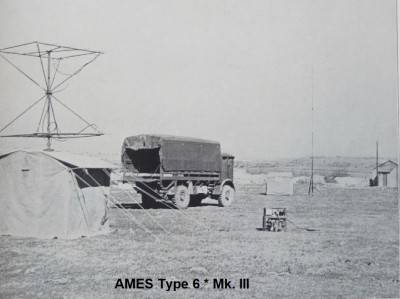
All options worked in the frequency range 176–212 MHz (wavelength 1,42–1,7 m). Pulse power, depending on the modification, 85–100 kW. Range - up to 35 km.
Apparently, the AMES Type 6 radars were quite successful, their production in the UK continued in the first post-war years. From 30 to 50 stations of this type were sent to the USSR.
American radars supplied to the USSR
The first serial radar operated by the US Army was the SCR-268 (Signal Corps Radio No. 268). Official development of this station began in February 1936. Tests of prototypes lasted from November 1938 to May 1940. After that, it was recognized that the radar as a whole meets the basic requirements.
The station, operating in the frequency range of 195–215 MHz, with a pulse power of up to 75 kW, could detect an enemy bomber at a distance of 36 km. The range accuracy was 180 m, and the azimuth accuracy was 1,1°. The American command considered that with such data, this radar is suitable for adjusting anti-aircraft fire at night and in conditions of poor visibility.
The equipment was placed on three trailers: the station itself - on one, a 15 kW gasoline electric generator - on the other, and a high-voltage rectifier with auxiliary equipment - on the third.
The SCR-268 radar is mounted on a rotating base and consists of a transmitter, a transmitting antenna, two receiving antennas with a receiver for each of them, and three cathode-beam indicators at the operator's places.
SCR-268 radars were attached to batteries of 90-120 mm anti-aircraft guns, as well as anti-aircraft searchlight units. The station was used in all theaters of World War II, where the American ground forces fought. From February 1941 to April 1944, 2 units were manufactured. Under the Lend-Lease agreement, 974 SCR-25s were sent to the USSR.
The main American radars for detecting air targets during the Second World War were the SCR-270 and SCR-271. These stations were structurally similar and differed in execution. The SCR-270 radar was transportable, and the SCR-271 was intended for stationary use.
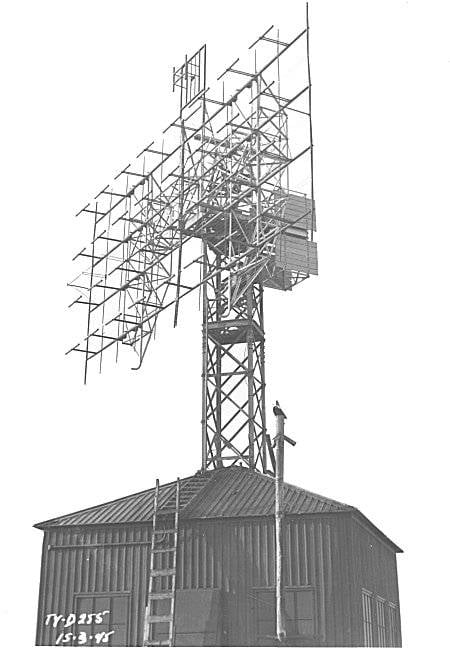
The SCR-270 and SCR-271 radars operated at a frequency of 106–110 MHz and had a pulse power of up to 300 kW. A large air target flying at an altitude of 6 m could be detected at a distance of 000 km. At a distance of 230 km, the error in range is 120 km, in azimuth - 7,3 °. The information was updated once per minute.
The SCR-270 equipment set weighed 46 tons and was transported using four heavy trucks. A calculation of 7 people deployed the station in 6 hours.
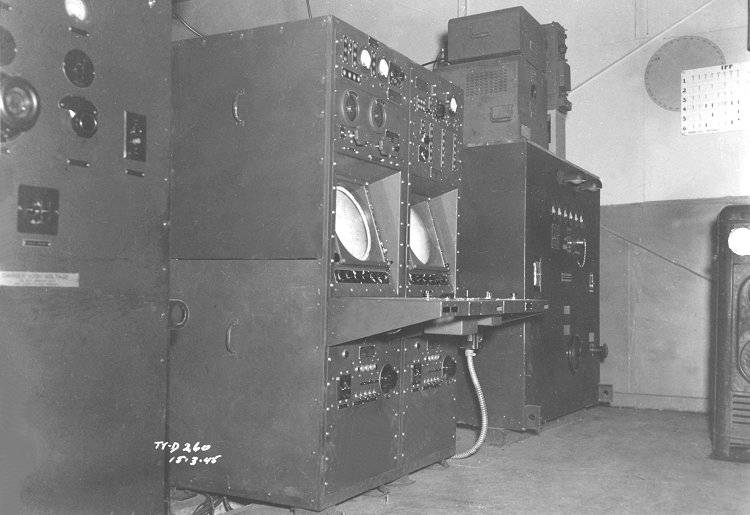
For its time, the SCR-270/271 radars had good performance and satisfactory reliability, and it was widely used as an early warning station. A total of 788 fixed and mobile radars were manufactured. As part of the Lend-Lease, the Soviet Union received 3 mobile and 3 stationary radars.
During the preparation of landing operations in the Pacific theater of operations, it turned out that the USMC did not have compact radars at its disposal suitable for transfer on ships and rapid deployment in the captured bridgehead.
To save time in 1942, the American command decided to use a compact British-made AMES Type 6 Light Warning radar, which made it possible to determine the range and azimuth of the target, as well as the approximate height. The station, designated SCR-602-T1 (VT-158), was intended for temporary use (continuously 500 hours), until the deployment of powerful radars. Power was supplied from a gasoline generator. Licensed production of the SCR-602-T1 radar in the United States was carried out by Eitel-McCullough, Inc.
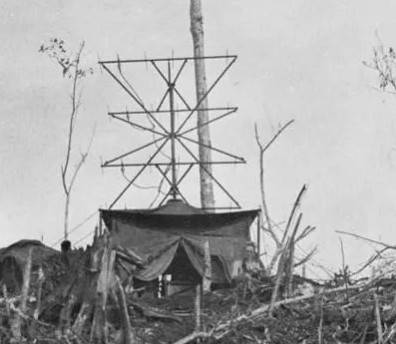
On the basis of the SCR-602-T1, several more options were created in the United States, of which the SCR-602-T8 radar, which was put into service under the designation AN / TPS-3, became the most successful. When developing AN / TPS-3, attention was paid not only to improving performance, but also to increasing the life of the station.
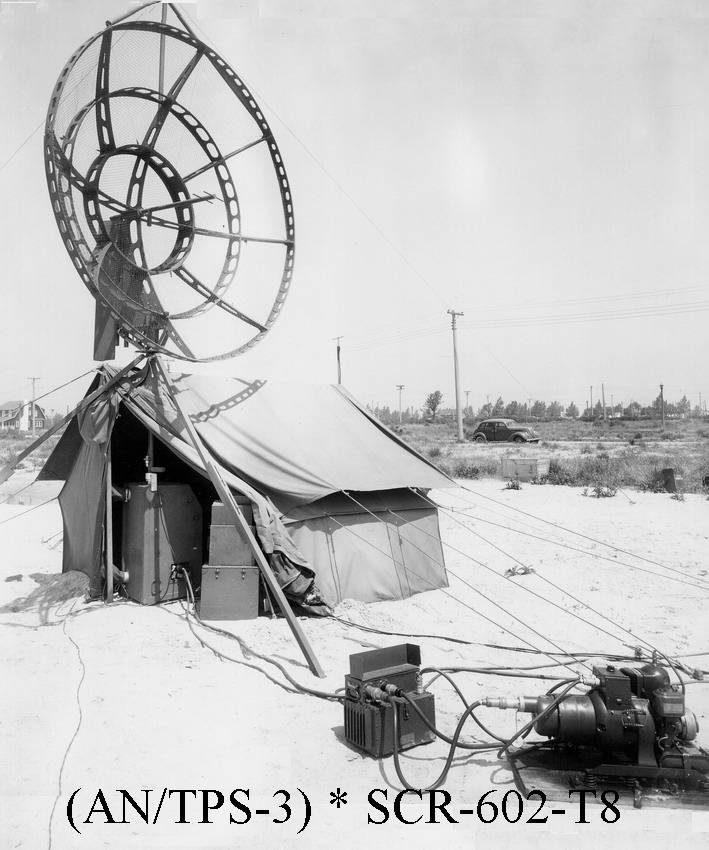
At the position, the main equipment and the operator's workplace were placed in a tent. The AN / TPS-3 radar antenna was a symmetrical parabolic reflector with a diameter of about 3 m. Operating frequency range: 590-610 MHz. Pulse power - up to 200 kW. An aircraft flying at an altitude of 6 km could be detected at a distance of 100 km. The antenna rotated at a speed of 5 rpm. The equipment was transported in 4 boxes with a total weight of 315 kg.
It was not possible to find exact information on the number of American AN / TPS-3 stations delivered to the USSR. But it is reliably known that the Soviet Union transferred radars of this type to the countries of Eastern Europe, where they were used until the second half of the 1950s.
One of the most advanced surveillance radars used by the US military during World War II was the SCR-527. Trial operation of the first SCR-527 stations began in April 1943. Mass deliveries to the troops of an improved modification of the SCR-527А - at the beginning of 1944.
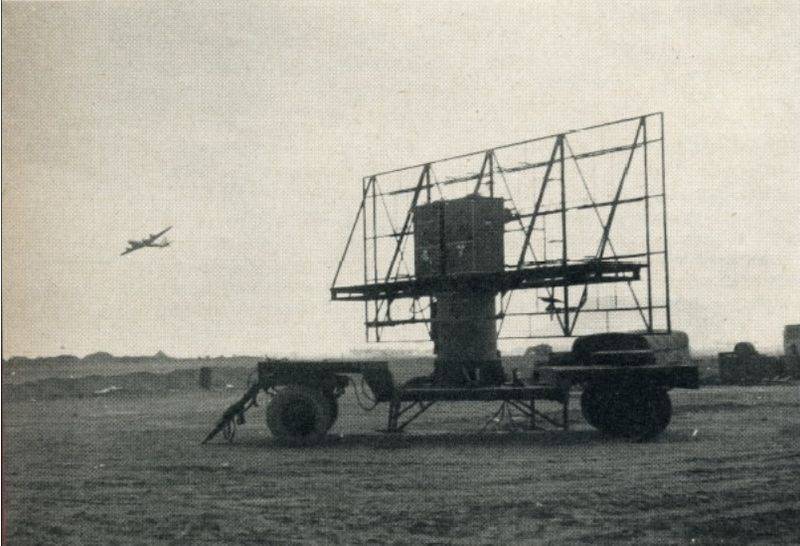
This station used two rotating antennas placed on two-axle trailers. One was for transmitting, the other for receiving. The transmitting and receiving antennas were separated by a distance of at least 60 meters. The antennas rotated synchronously at a speed of 3–5 rpm. This radar operated at 209 MHz and had a pulse power of 225 kW. The detection range of large targets in favorable conditions could reach 180 km. To transport all parts of the SCR-527A radar, 7 transport units were required - vans and tractors. The calculation of the station - 8 people. The mass of the station is 44 tons.
The improved SCR-527A radars were most often used for aviation flight control and interceptor guidance. At the final stage of hostilities, these radars were used by the Red Army, and in the post-war period they were operated in Poland and Czechoslovakia.
In May 1943, the SCR-584 radar with a parabolic antenna was handed over for military testing. This mobile radar in the airspace surveillance mode could detect targets at a distance of up to 60 km, however, it was much more often used as a gun guidance station, greatly displacing the early American and British models: SCR-268, GL Mk. II and GL Mk. III. Mass use began in 1944. Sufficiently accurate adjustment of anti-aircraft fire, regardless of visual visibility conditions, was possible at a distance of up to 15 km.
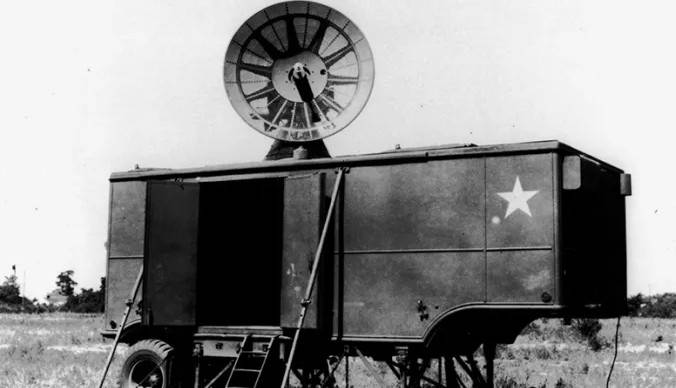
The main elements of the station and the operators were placed in a towed van weighing 10 tons. A parabolic antenna with a diameter of about 1,6 m was folded during transportation. The pulse power reached 250 kW. In the operating range of 2–700 MHz, there were four lettered frequencies. In terms of accuracy in determining coordinates and ease of operation, the SCR-2 radar was significantly superior to the then-existing stations of a similar purpose. In the circular view mode, the antenna made 800 rpm. After detecting the target, the conical scanning mode of the airspace and auto-tracking were switched on.
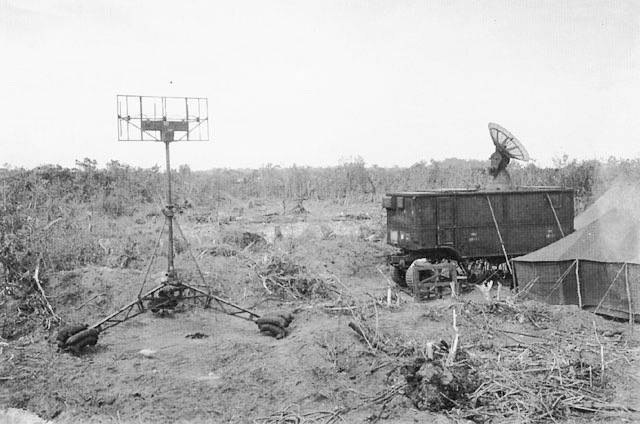
All modifications of the SCR-584 radar could interact with anti-aircraft fire control devices, and later models were interfaced with friend-foe radar interrogators.
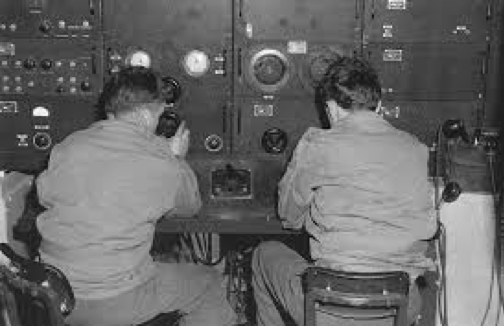
The combination of SCR-584 radars, director centralized artillery guidance devices and projectiles with radio fuses made it possible to significantly reduce ammunition consumption and increase firing efficiency. So, in August 1944, American batteries of 90-mm anti-aircraft guns located on British territory destroyed 70–80% of the German V-1 “flying bombs” that fell into their zone of fire. At the same time, the consumption of ammunition for one target often did not exceed 100 shells.
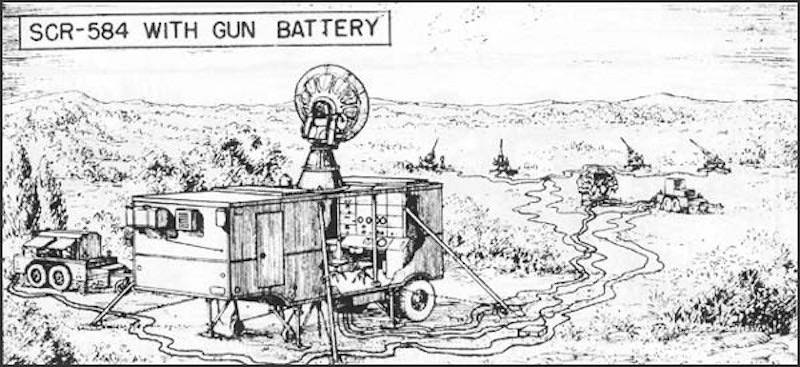
Stations established close to the line of contact were successful in pinpointing enemy artillery positions and were used to direct the precision bombing of their heavy bombers in poor visibility or at night.
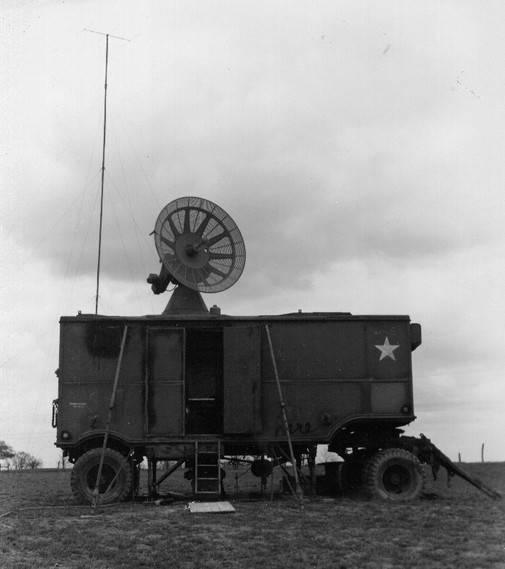
A total of three American companies - Westinghouse, Chrysler and General Electric - produced 3 SCR-825, SCR-584A and SCR-584B modification stations. An unspecified number of radars were delivered to the USSR shortly before the end of the war.
Our specialists highly appreciated the capabilities of the SCR-584 radar, and after Soviet intelligence managed to obtain a complete set of technical documentation, this station has been produced by us since 1947 under the designation SON-4.
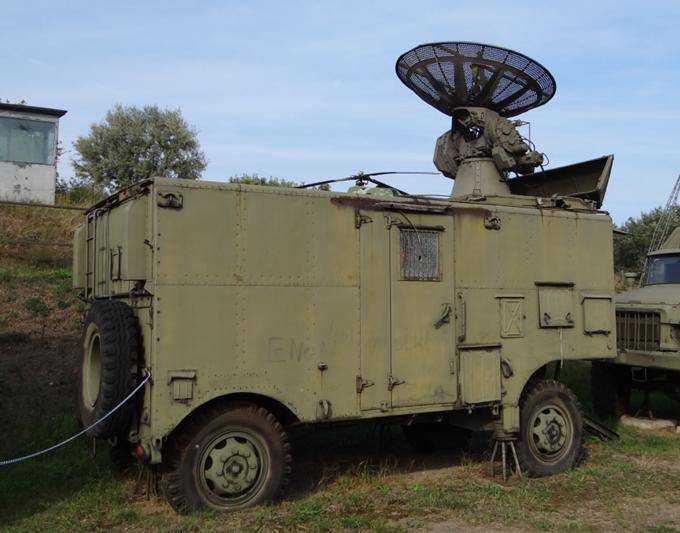
In terms of its characteristics and layout, the SON-4 largely repeated the SCR-584 and was used to issue target designation to 100-mm anti-aircraft guns KS-19. In the 1950s-1960s, the layout scheme and operating principles similar to those used in the SCR-584 were used to create stations SON-9 (for 57-mm S-60 anti-aircraft guns), SON-30 (for 100- mm guns KS-19M2) and a radar range finder RD-75 (ZRK S-75).
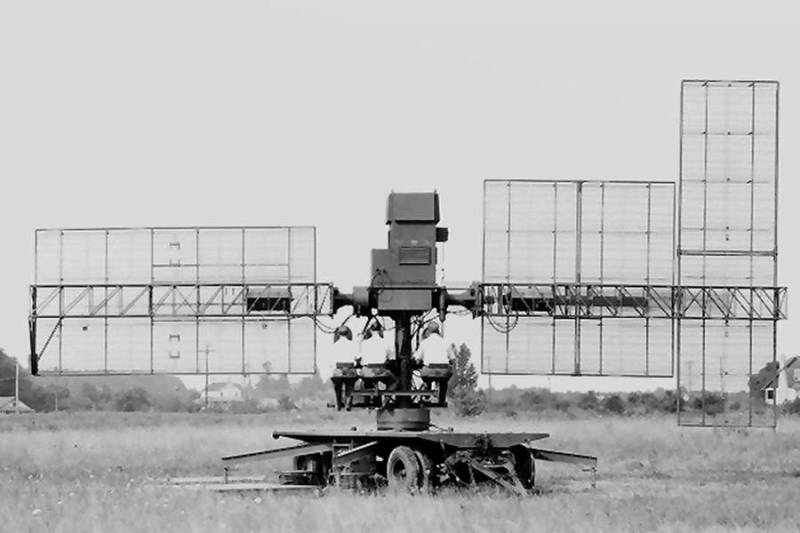
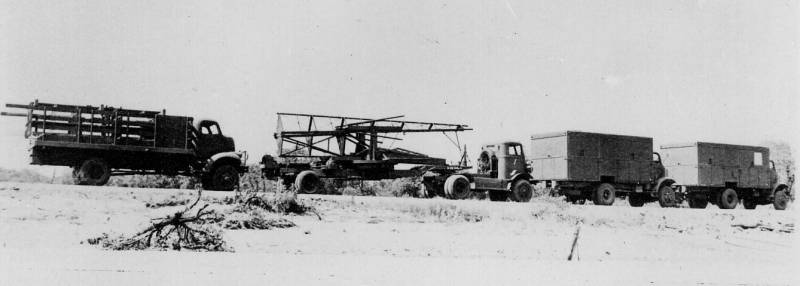
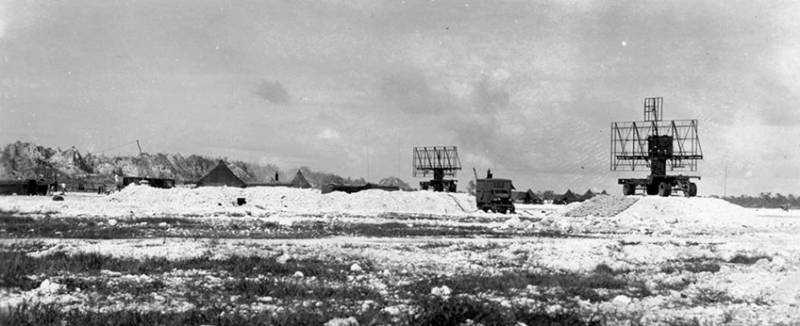
Information